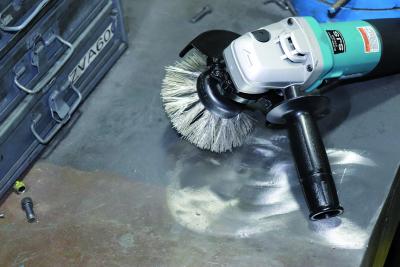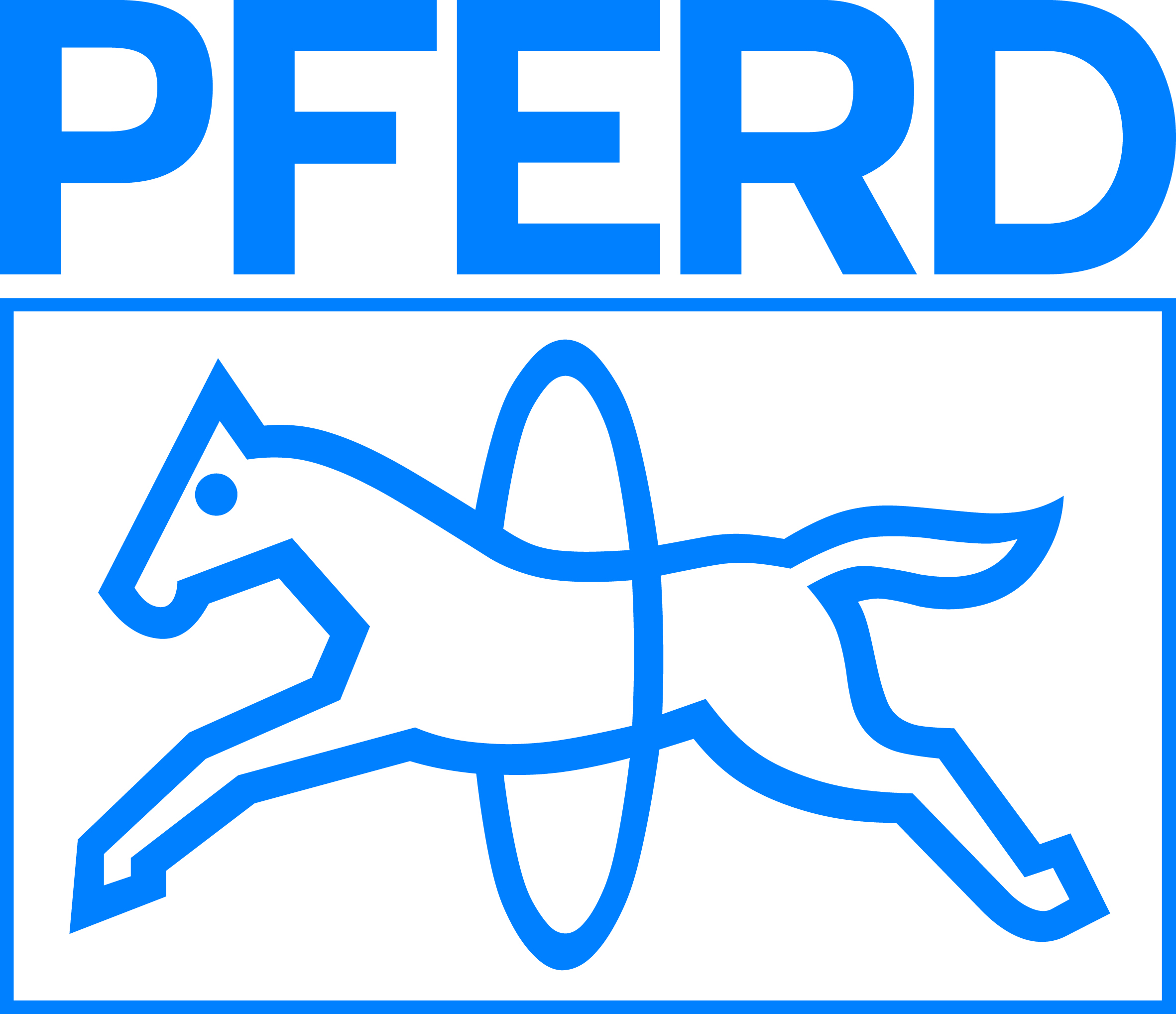
PFERD diamond-coated wire brushes are ideal for removing localized heavy mill scale prior to welding in hard-to-reach areas. They are also suitable for other heavy-duty surface conditioning applications, as well as for blending machining marks and generating distinct scratch patterns. The brushes can be used on all metals, such as steel, stainless steel (INOX) and aluminum. Additionally, they can also be used on composite, carbon fiber and glass workpieces for surface conditioning applications.
The brushes feature industrial diamond that is electroplated onto stainless-steel knot wire strands. The stainless-steel wires are then twisted into knots available in wheel and cup brush configurations with the following dimensions: 2-3/4 in. OD cup brush with 5/8-11 in. thread, 4 in. OD cup brush with 5/8-11 in. thread, 7-1/2 in. OD wheel brush with 1-1/4 in. ID arbor hole. They are available in 400 (fine) and 270 (coarse) options.
The stainless steel wire does not contaminate the workpiece, and all diamond-coated wire brushes are degreased to further assure contaminant-free use. They are designed for use on variable speed right angle grinders and other popular power tools found in most fabrication facilities. They have extended knot flag length, providing flexibility on uneven surfaces and complex geometries. The loosely twisted knots cover a large surface area, and they exhibit a good balance between aggressiveness and flexibility. For full effectiveness, the brush speed should not exceed 3,000 rpm.
Contact Details
Related Glossary Terms
- arbor
arbor
Shaft used for rotary support in machining applications. In grinding, the spindle for mounting the wheel; in milling and other cutting operations, the shaft for mounting the cutter.
- inner diameter ( ID)
inner diameter ( ID)
Dimension that defines the inside diameter of a cavity or hole. See OD, outer diameter.
- milling machine ( mill)
milling machine ( mill)
Runs endmills and arbor-mounted milling cutters. Features include a head with a spindle that drives the cutters; a column, knee and table that provide motion in the three Cartesian axes; and a base that supports the components and houses the cutting-fluid pump and reservoir. The work is mounted on the table and fed into the rotating cutter or endmill to accomplish the milling steps; vertical milling machines also feed endmills into the work by means of a spindle-mounted quill. Models range from small manual machines to big bed-type and duplex mills. All take one of three basic forms: vertical, horizontal or convertible horizontal/vertical. Vertical machines may be knee-type (the table is mounted on a knee that can be elevated) or bed-type (the table is securely supported and only moves horizontally). In general, horizontal machines are bigger and more powerful, while vertical machines are lighter but more versatile and easier to set up and operate.
- outer diameter ( OD)
outer diameter ( OD)
Dimension that defines the exterior diameter of a cylindrical or round part. See ID, inner diameter.

